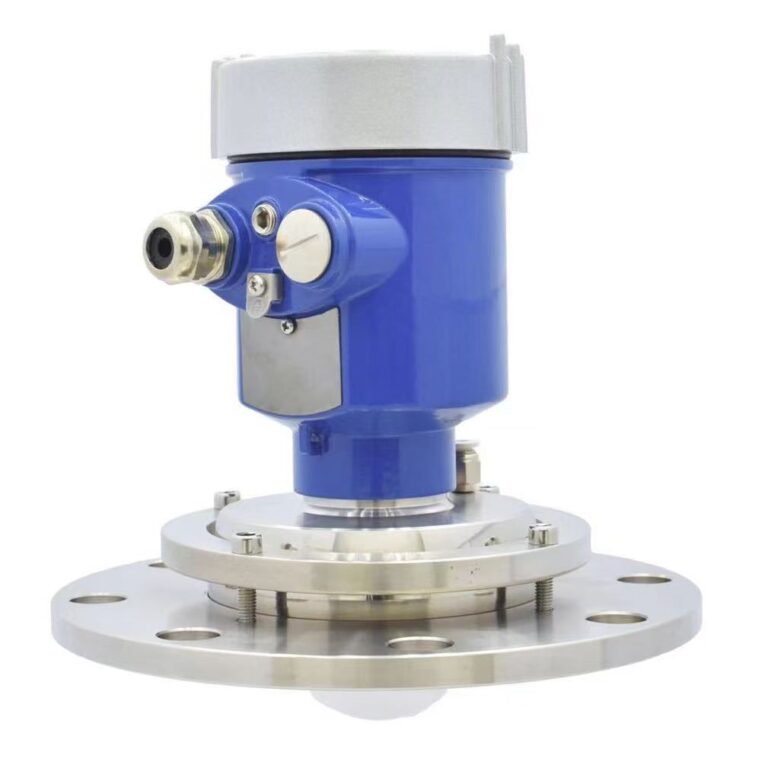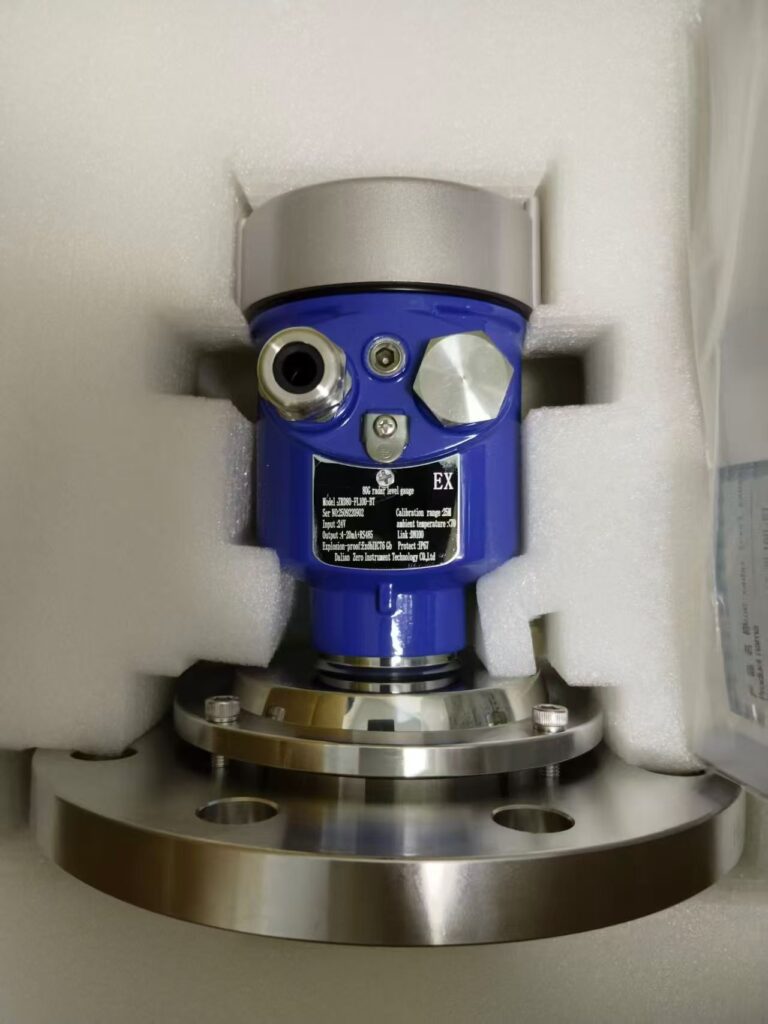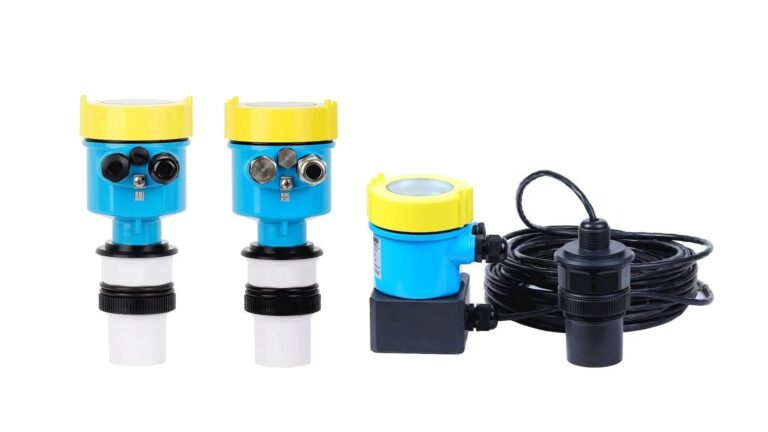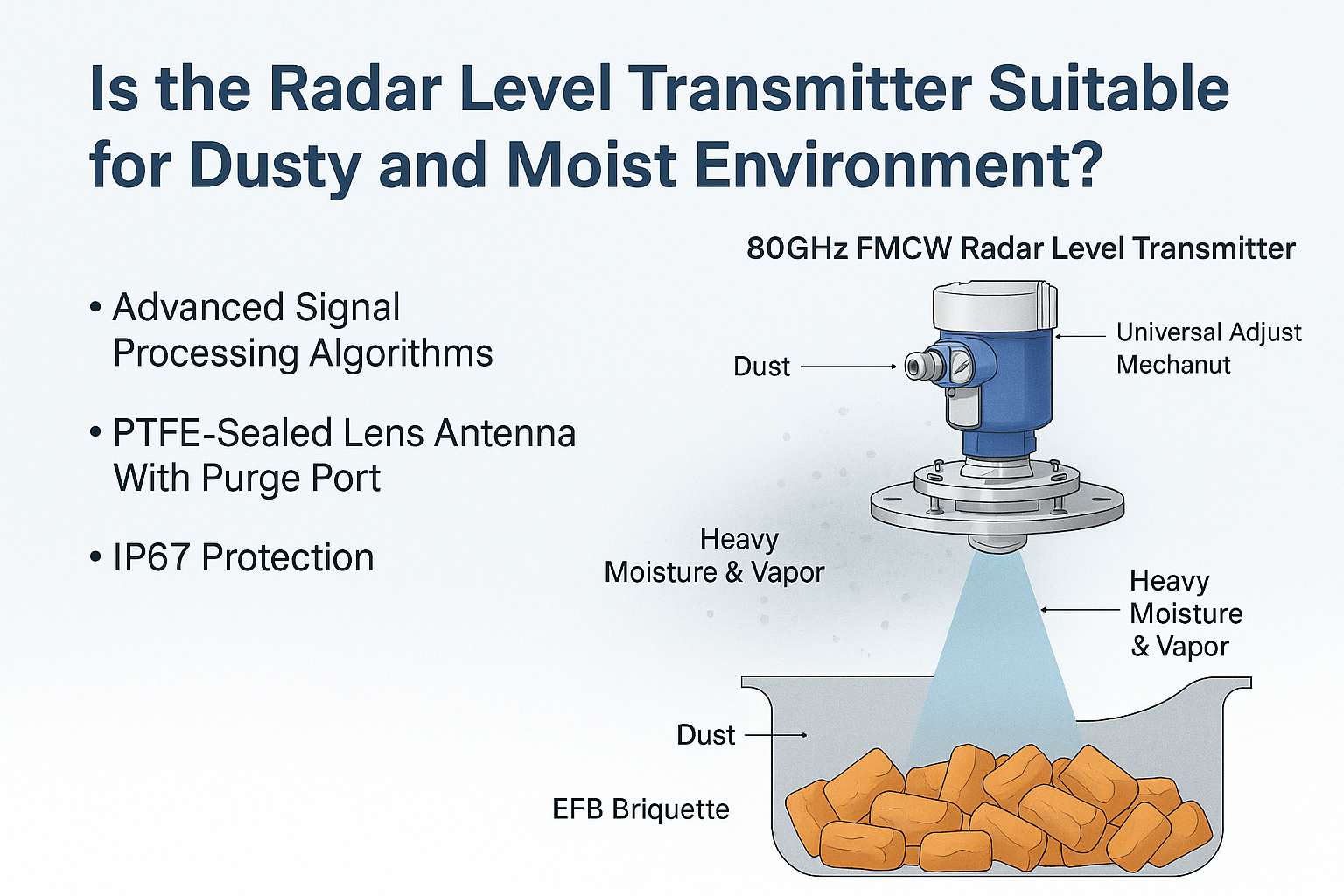Selecting a suitable non-contact level meter for wastewater is essentially about matching the instrument to the operating conditions. You can follow a simple four-step approach:
Clarify conditions → Select instrument type → Verify key parameters → Avoid common mistakes
1. Identify the Three Key Selection Factors
(1) Process Conditions
| Item | What to Check | Why It Matters |
|---|---|---|
| Medium Characteristics | Solids content, foam thickness, viscosity, pH | Affects signal reflection and material compatibility |
| Environment | Tank depth, open-air installation, humidity, electromagnetic interference | Determines range, housing protection and stability |
| Installation Space | Mounting position, obstacles (pipes, mixers) | Avoid signal blockage and false readings |
(2) Performance Requirements
Required measurement accuracy
Response speed
Stability under foam and suspended solids
Continuous monitoring vs. process control
(3) Signal / Integration Requirements
Confirm how the instrument will communicate:
4-20 mA analog output
RS-485 (Modbus RTU)
Wireless (LoRa / NB-IoT)
Whether it needs to connect to PLC / SCADA

2. Match the Correct Instrument to the Working Conditions
1) Ultrasonic Level Meter (Recommendation for Standard Municipal Sewage)
Best for:
Life sewage tanks, low-corrosion water, tank depth ≤ 15 m, limited foam
Advantages:
Cost-effective
Easy to install and maintain
Selection Notes:
Choose IP67 or higher, with temperature compensation + foam filtering algorithm.

2) Radar Level Meter (Recommendation for Industrial and Harsh Wastewater)
Best for:
High-corrosion wastewater, heavy foam, stirring/flow turbulence, tank depth > 15 m, electromagnetic interference environment
| Scene | Recommended Radar Type | Reason |
|---|---|---|
| General industrial wastewater | 26 GHz Radar | Good stability and cost balance |
| Thick foam / viscous medium | 80 GHz FMCW Radar | Strong anti-interference, focuses signal better |
Advantages:
Not affected by foam, pressure, temperature, suspended solids.
Material Suggestion:
316L stainless steel or PTFE antenna.

3) Laser Level Meter (For Small Tanks & High Response Speed Requirements)
Best for:
Small adjustment pools, pilot test systems, fast level fluctuation detection (±0.5 mm precision).
Note:
Works best when there is no heavy dust or splashing directly in the optical path.
3. Verify These 5 Key Parameters Before Finalizing
| Parameter | Requirement | Why |
|---|---|---|
| Measuring Range & Blind Zone | Tank depth must fall outside blind zone | Prevent “zero reading” near surface |
| Output Signal | 4-20mA / RS-485 / wireless | Avoid compatibility issues later |
| Housing & Protection | At least IP67 outdoors | Prevent corrosion and moisture damage |
| Material | 316L / PTFE / anti-corrosion coatings | Critical for chemical wastewater |
| Power Supply | AC / DC / solar | Choose according to site availability |

4. Common Selection Mistakes to Avoid
| Mistake | Result | Correct Approach |
|---|---|---|
| Choosing ultrasonic meters in tanks with thick foam | Signal scattering → Level fluctuation | Use radar instead |
| Ignoring electromagnetic interference (e.g., VFD pumps) | Signal instability | Use radar + proper grounding/shielding |
| Not considering blind zone and installation height | Meter cannot read near surface | Pre-confirm installation dimensions |

10-Second Quick Selection Table
| Site Condition | Recommended Instrument | Reason |
|---|---|---|
| Standard municipal wastewater, shallow tank | Ultrasonic | Economical and practical |
| Industrial wastewater + foam + mixing | 80 GHz Radar | Stable and reliable |
| Small tank + fast level response needed | Laser Level Meter | High precision |
